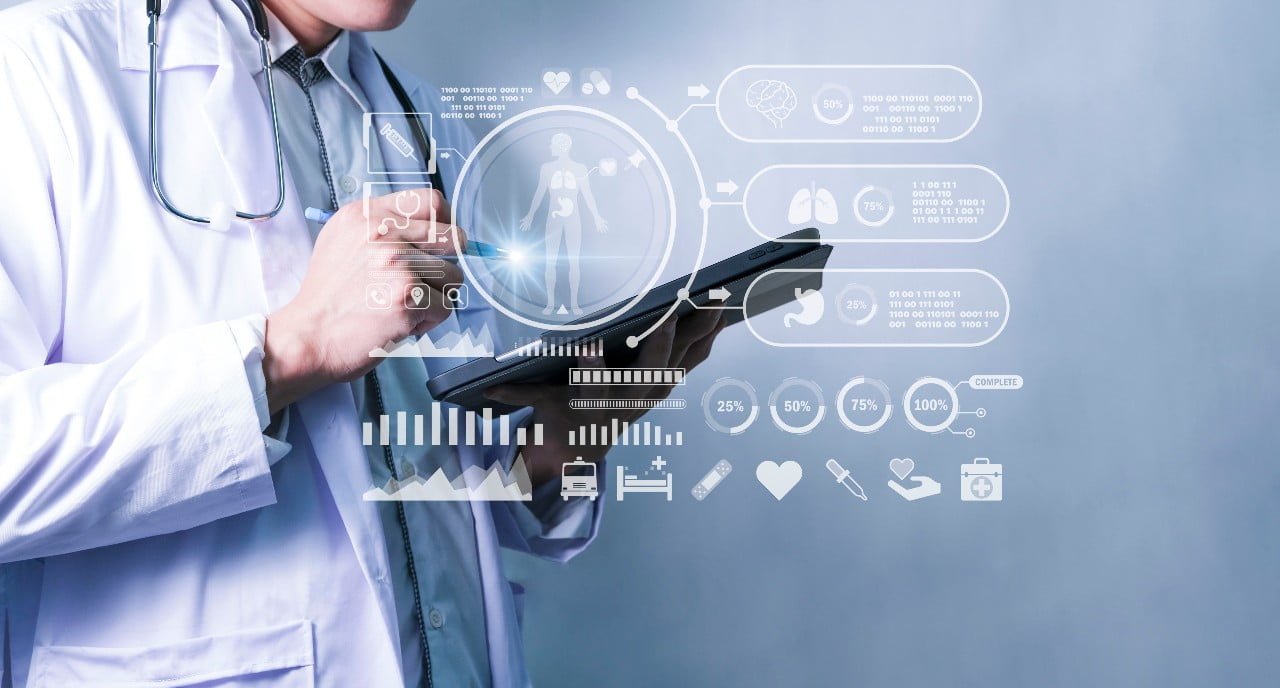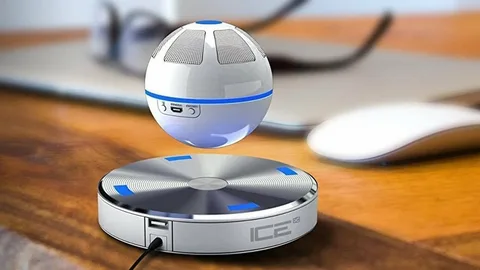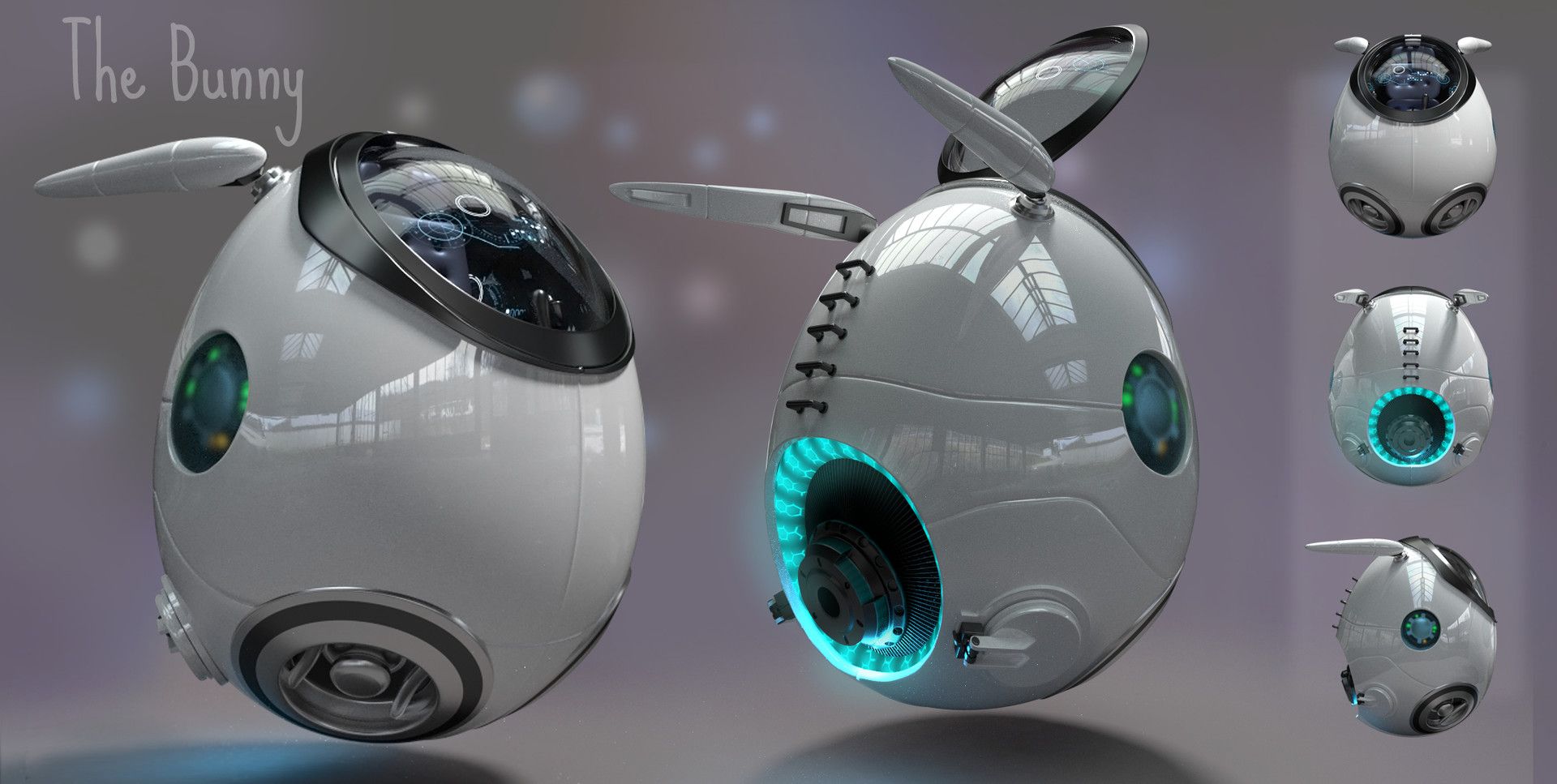The world of healthcare is rapidly changing, thanks to cutting-edge technology that’s transforming how we approach health and wellness. From wearable devices that track your every move (literally) to AI systems that can predict diseases before they even happen, the future of healthcare is here—and it’s pretty exciting. Let’s dive into the latest innovations in health technology and see how they’re revolutionizing healthcare as we know it.
Wearable Health Tech: Your Personal Health Assistant
Gone are the days when a visit to the doctor was the only way to keep tabs on your health. Now, wearable health technology allows you to monitor your body in real-time, from the comfort of your own home—or anywhere, really. Think of it as having a mini doctor on your wrist.
Smartwatches and fitness trackers are just the beginning. These devices can monitor everything from your heart rate and sleep patterns to your blood oxygen levels and even your stress levels. And the best part? They’re getting more sophisticated every day.
- Pro Tip: Wearable devices aren’t just for fitness enthusiasts. They’re becoming an essential tool for managing chronic conditions, such as diabetes and heart disease, by providing continuous monitoring and instant feedback.
Telemedicine: Healthcare Without Leaving Home
Remember when going to the doctor meant sitting in a waiting room, flipping through old magazines, and waiting for your name to be called? Good news: telemedicine is changing all that. With just a smartphone or computer, you can now have a virtual consultation with your healthcare provider from the comfort of your couch.
Telemedicine is especially valuable for those in remote areas, people with mobility issues, or anyone who simply prefers not to leave the house unless absolutely necessary. It’s convenient, time-saving, and in many cases, just as effective as an in-person visit.
- Quick Fact: During the COVID-19 pandemic, telemedicine use skyrocketed, and it’s likely here to stay. Many healthcare providers are now offering virtual appointments as a standard option.
Artificial Intelligence in Healthcare: Smarter, Faster, Better
When you hear “AI,” you might think of robots taking over the world. But in healthcare, artificial intelligence (AI) is more about making things smarter, faster, and better. AI is being used to analyze medical data, predict outcomes, and even assist in surgeries.
One of the most exciting uses of AI is in diagnostics. AI-powered systems can analyze medical images, like X-rays and MRIs, with incredible accuracy, often spotting issues that even the best doctors might miss. AI can also help predict the likelihood of certain diseases based on a patient’s history, genetics, and lifestyle, allowing for earlier interventions.
- Fun Twist: Some AI systems are even learning to talk to patients, providing health advice in a friendly, conversational tone. Who knew robots could be so chatty?
Personalized Medicine: Tailored Just for You
Forget one-size-fits-all healthcare—personalized medicine is all about treatments and interventions that are tailored to your unique genetic makeup. Thanks to advances in genomics, doctors can now analyze your DNA to predict how you’ll respond to certain medications or identify your risk for specific diseases.
This means more effective treatments with fewer side effects. For example, in cancer treatment, personalized medicine can determine which therapies will work best for a particular patient based on their tumor’s genetic profile.
- Remember: The era of personalized medicine is just beginning, but it holds incredible promise for making healthcare more precise and effective.
Remote Patient Monitoring: Care from Afar
Remote patient monitoring is another game-changer in healthcare technology. By using devices that collect and transmit data from a patient’s home to their healthcare provider, doctors can keep a close eye on their patients without the need for constant office visits.
This is especially beneficial for managing chronic conditions like heart disease, diabetes, and hypertension. For example, a patient can use a connected blood pressure monitor at home, and the data is automatically sent to their doctor, who can then adjust treatment as needed.
- Pro Tip: Remote monitoring not only improves patient outcomes but also reduces healthcare costs by preventing hospital readmissions and emergency room visits.
Health Apps: There’s an App for That
Whether you want to count your calories, track your exercise, meditate, or manage a chronic condition, there’s an app for that. Health apps are booming, offering everything from fitness tracking and nutrition advice to mental health support and medication reminders.
Many of these apps also sync with wearable devices, giving you a comprehensive view of your health in one place. And as app developers continue to innovate, the capabilities of these tools will only expand.
- Fun Fact: Some health apps now use gamification to make healthy habits more fun—think earning points or badges for hitting your fitness goals. Who knew being healthy could be so rewarding?
Robotics in Healthcare: The Future Is Now
Robotics in healthcare might sound futuristic, but it’s already making a huge impact. Robots are being used for everything from assisting in surgeries to delivering medication in hospitals. In surgery, robotic systems provide incredible precision, allowing for minimally invasive procedures that result in quicker recovery times.
Robots are also being used in rehabilitation, helping patients regain mobility and strength through guided exercises. And in some hospitals, you might even find robots delivering supplies, freeing up staff to focus on patient care.
- Bonus Tip: Robotic-assisted surgeries are becoming more common, so if you ever need surgery, don’t be surprised if a robot is lending a hand—literally.
3D Printing: Custom Solutions on Demand
3D printing is revolutionizing healthcare by making it possible to create custom medical devices, implants, and even organs. Need a new hip joint? A 3D printer can create one tailored specifically to your body. Lost a tooth? A 3D printer can make a replacement that fits perfectly.
But the potential of 3D printing goes beyond just implants. Researchers are also working on printing tissues and organs, which could one day solve the problem of organ shortages for transplants.
- Remember: The possibilities of 3D printing in healthcare are still being explored, but it’s an area of technology that holds immense promise for the future.
Final Thoughts: The Future of Healthcare Is Here
The world of health technology is evolving at a breathtaking pace, bringing us closer to a future where healthcare is more personalized, accessible, and effective than ever before. From AI-driven diagnostics to wearable health monitors, these innovations are transforming the way we think about health and wellness.
As we continue to embrace these advancements, one thing is clear: The future of healthcare isn’t just about treating illness—it’s about empowering individuals to take control of their health and live better lives. So whether you’re tracking your steps with a smartwatch, having a virtual doctor’s visit, or benefiting from the latest AI-driven diagnostics, you’re part of a healthcare revolution that’s making the world a healthier place for everyone.



